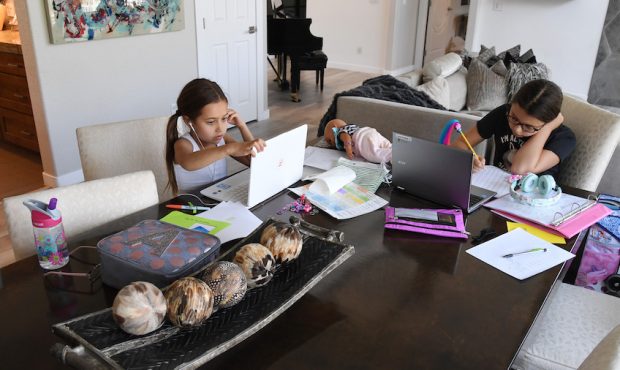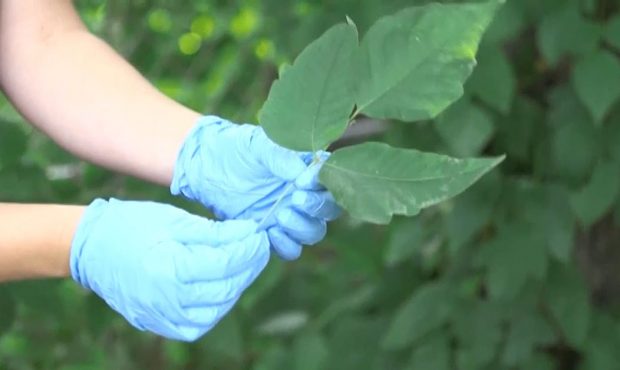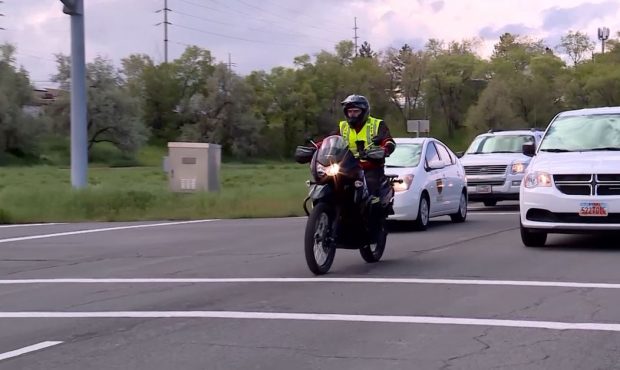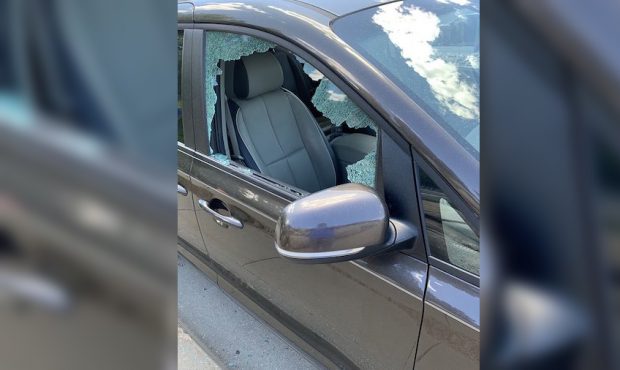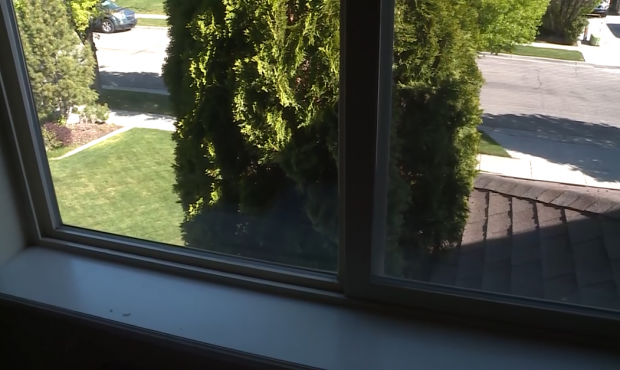How To Pick The Right Helmet For Your Child
May 31, 2021, 5:00 AM
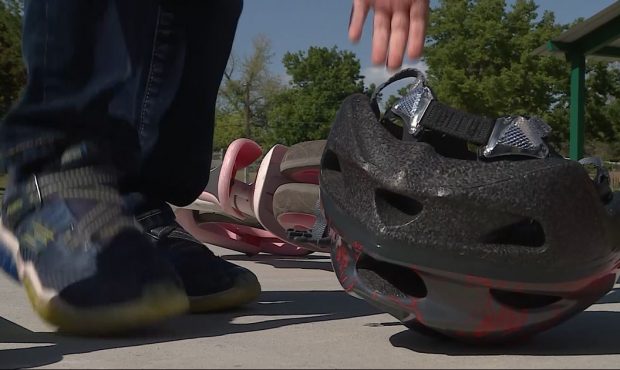
Now is the time when kids are outside enjoying the weather. As you dig through the garage for their bikes, scooters, skates or skateboards, make sure you take time to find that helmet for them as well.
According to Safe Kids, nearly 50 children visit emergency rooms with an injury related to bikes, scooters, skates or skateboards every hour. Although helmets reduce the risk of head injury by 88%, as many as 50% of kids under the age of 15 aren’t wearing them.
Some of the most common reasons why:
- They aren’t cool.
- Their friends aren’t wearing theirs.
- They don’t fit right or are uncomfortable.
Here are some tips on getting your child to wear their helmet when you are not around:
- Let them pick it out and make it their own. If they like the way it looks, they are more likely to wear it.
- Get the right size and fit. A properly fitted helmet is more likely to be worn than one too small or too big.
- It should sit at a two-finger width above the eyebrows, covering the forehead.
- It should fit snug. Make sure it doesn’t move side to side or front to back on your child’s head even when they shake their head.
- The chin strap should be snug.
- Wear your helmet to set a good example. Your child is more likely to wear their helmet when you are not around if you consistently wear yours.
Make sure your helmet has a CPSC sticker. That means it meets the rules of the Consumer Product Safety Commission. If you are having a hard time adjusting your child’s helmet, most bike shops will help adjust the fit for you.
Always replace a helmet if it has been impacted in a crash or even dropped hard on the pavement. A bike helmet is only made to withstand the force from one impact. Also, it is a good idea to replace a helmet after five years, or after an extended amount of time in the sun — the sun can break down the inside components.
If you cannot afford a helmet for your child, some programs provide free helmets to kids. Check with local Insurance companies, fire and police departments, children’s hospitals, health insurance providers or other nonprofit foundations.

